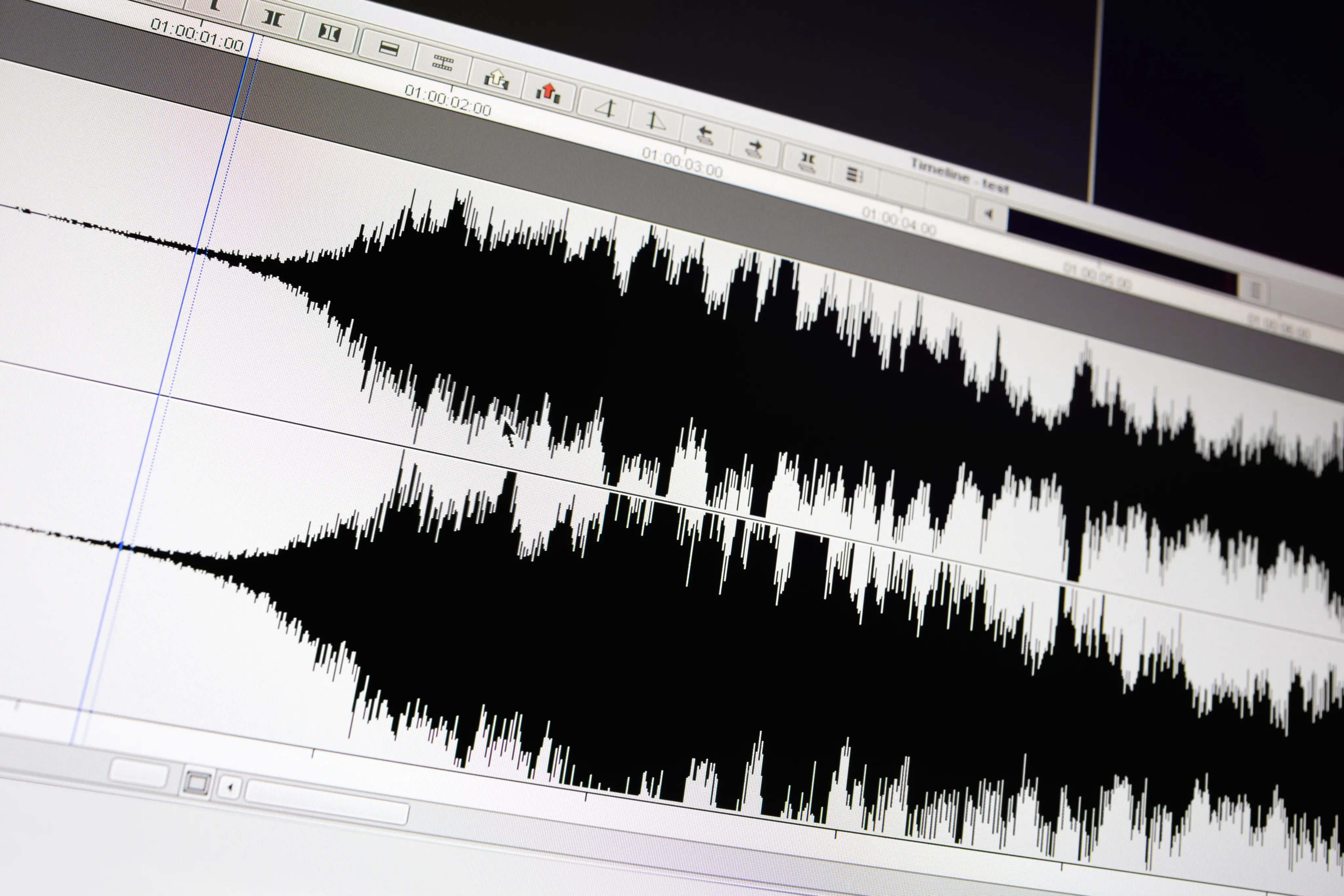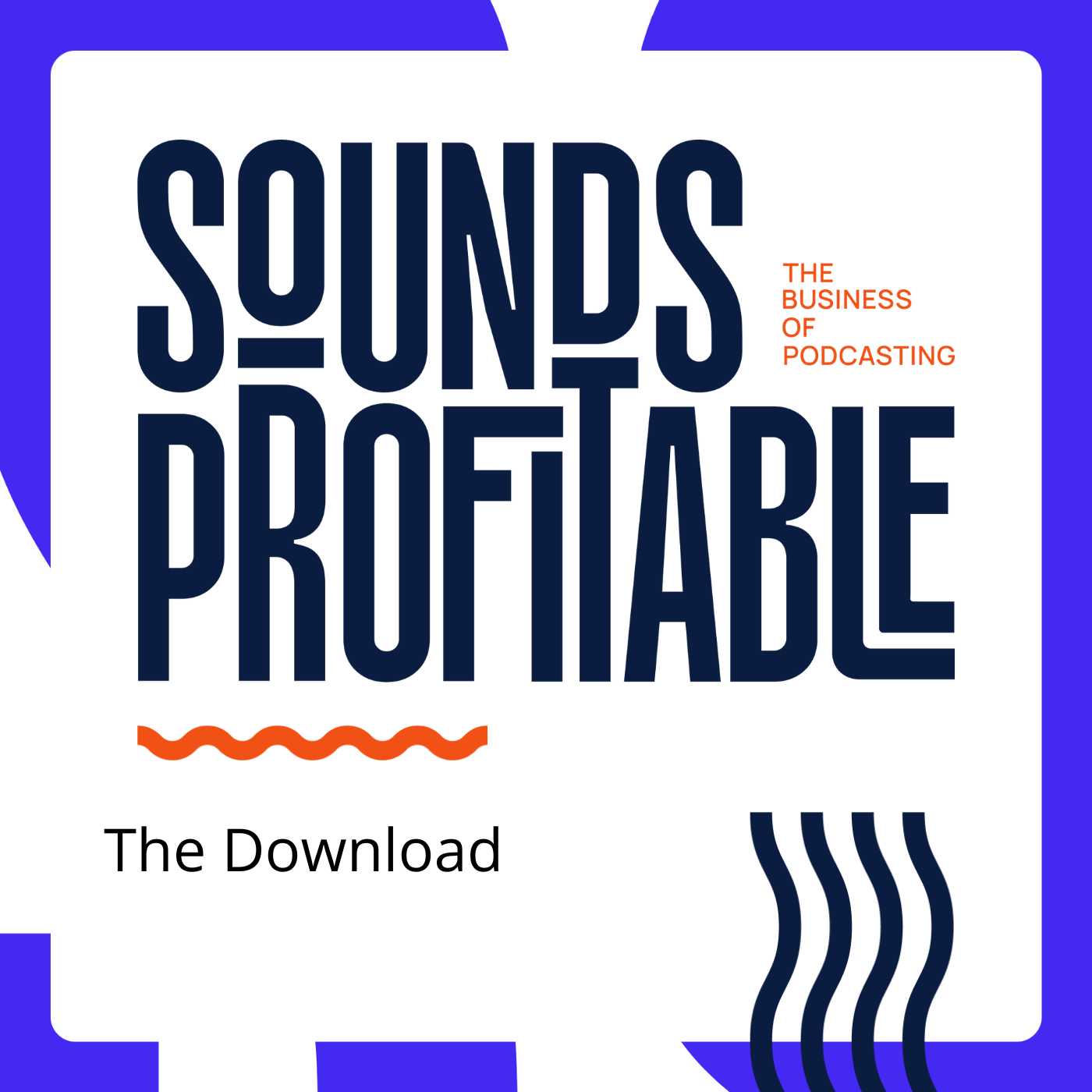Manuela: This is The Download from Sounds Profitable, the most important news from this week and why it matters to people in the business of podcasting. I’m Manuela Bedoya.
Shreya: And I’m Shreya Sharma.
Manuela: The Download is brought to you by Magellan AI. Track the trends in spend, ad load, podcasts on YouTube, and more with Magellan AI’s advertising benchmark report for Q4, available now. You can find a link in the description or visit Magellan dot AI.
Shreya: This week: Why news outlets are podcasting on YouTube, how advertisers could target co-listeners, and S&P revises ad spend prediction for 2023.
Let’s get started.
Ad Spend in the US will grow more than initially expected this year, per S&P.
Last Friday MarketingBrew’s Jasmine Sheena published a brief recap of new predictions from S&P Global Ratings. Good news: ad spend is expected to grow 2.8% this year, a 0.2% increase from a previous version of the same prediction. Things are looking up!
On top of the overall ad spend growth, S&P predicts Digital should grow 9% and Outdoor advertising would grow by 5%. TV is forecast to drop 8.1% and radio is expected to be down 10%.
What happened to all the doom and gloom advertising was anticipating? S&P senior director of US media and telecommunications Naveen Sarma told MarketingBrew:
“Our economists forecast that a recession, while it could happen later in the year than we had originally anticipated, will also likely be milder than what we anticipated at the beginning of the year.”
The current prediction is a quote “very shallow recession” endquote during the second and third quarters of the year. This prediction is fueled by a relatively recent development in how advertising and the economy interact. Another quote from Sarma:
“Historically, advertising was always a lagging indicator of economic activity. Economies went into recession or started to slow down, and then you started to see advertising start to slow a quarter or two later than the GDP numbers that we were looking at.”
Now, thanks to how fast digital ads can be sold, advertising can be a leading indicator, instead of lagging one. Where in previous recessions like 2008 and 2001 advertising stalled after the fact, Sarma says last year saw a slowdown precede the beginning of economic concerns.
So while we’re not out of the woods with recession predictions, advertising as an industry is up and will continue to increase. The same S&P report predicts an 8% increase in ad spend in 2024. Until then, we can look to the just-released IAB Internet Advertising Revenue Report for 2022. The audio section carved out for music, radio, and podcasts shows a revenue increase of 11% over 2021.
Good job, podcasting. Let’s keep it up.
How brands can tailor their audio ads to target “co-listeners”
Shreya: Why settle for one impression per ad when you could get multiple? Last Thursday MarketingBrew’s Alyssa Meyers published coverage of a new study on co-listening from Spotify and Magna Media Trials, titled The Togetherness Effect: Why Brands Should Be Paying Attention to Co-Listening. From the article:
“About three-quarters (74%) of respondents said they co-listen to digital audio at least once a week. A majority of adult Gen Zers (86%) said the same. The study also found that co-listeners generally tend to be in a positive mood, and that those good vibes can carry over into their perceptions of certain ads if they’re well-targeted.”
The study surveyed 1,357 digital audio listeners from a representative online panel, evenly divided between self-identified co-listeners and those who listen to audio alone. Each participant listened to thirty minutes of audio and was given either a test or control ad and surveyed afterwards. From the article:
“The study found that these are the most common types of moments for co-listening: relaxing, hanging out with friends, cooking, entertaining kids, and doing yoga.”
It might be time for advertisers to specifically target instances of co-listening.The study notes a 17% increase in search intent and a 10% higher willingness to learn more about a brand from respondents who co-listened with podcasts over those who co-listened with music. Converting one person with one ad is good. Converting multiple people in the same room at the same time is the stuff dreams are made of, and podcasts are proving to be a prime delivery method.
Why news outlets are putting their podcasts on YouTube
Manuela: This Tuesday, Neiman Lab deputy editor Sarah Scire published an overview of how different news outlets have embraced podcasting on YouTube. From Scire’s article:
“The platform recently rolled out a dedicated “Podcasts” tab and upgraded featured podcasts to include shows from The New York Times and NPR. Several news organizations stressed to me that YouTube appears, to them, to still be refining its podcast strategy, and said they’re waiting to see what shakes out before jumping on with their own content.”
While some wait on the sidelines, others have embraced the platform and found positive results. ESPN’s VP of digital production, Mike Foss, told Scire the network has gone from two YouTube podcasts to over 28 this past year. Their success thusfar on the platform is attributed to two things: YouTube Shorts and longform content. ESPN found significant traffic increase by converting humorous or heartwarming sports content into bite-sized videos for YouTube Shorts..
Then, with longform content, the outlet started presenting half-hour pregame livestreams before major ABC and ESPN events. With high retention rates from the streams and their associated videos, Foss said:
“The natural progression for us was to begin to do this at scale and with more regularity with podcasts.”
NPR, having been keyed into podcasting for quite some time, uploads around 65 episodes to 25 active podcasts weekly on YouTube. From the article:
“The audio heavyweight hosts its podcasts on a dedicated YouTube channel with roughly 34,500 subscribers, plus additional channels for Planet Money, Fresh Air, NPR Daily News, NPR Entertainment, and Alt.Latino.”
According to NPR, good performance on YouTube has not cannibalized podcast performance on other platforms. Currently the bulk of NPR’s social media push is on Instagram and TikTok, particularly with NPR Music. Still, YouTube’s massive size seems to help in finding audiences who otherwise wouldn’t see similar content on other platforms. Keith Jenkins, VP of visuals and music strategy at NPR, says:
“We don’t do this in isolation. We do this as part of our overall podcast strategy and part of our overall content strategy. We’ve got levers that we’re pulling and pushing and this is one of them. We are open to seeing it build over time — and we’re also open to changing course, depending on what makes the most sense.”
While there is data to show converting audio-only podcasts to videos with just a still image isn’t as engaging as producing visually-engaging content – shocker, we know – it’s clear podcasting works on YouTube.
Podcast-focused businesses with the size and bandwidth to incorporate a regularly-uploading YouTube channel into their workflow could be leaving money on the table. We’re in a honeymoon period with both YouTube Shorts getting excellent traffic and new podcasting tools being rolled out for the YouTube Podcast tab. Enough people have jumped in the YouTube pool, it’s become a safe bet to say the water’s fine.
Shreya: Finally, it’s time for our semi-regular roundup of articles we’re calling Quick Hits. These are articles that didn’t quite make the cut for today’s episode, but are still worth including in your weekend reading. This week:
The 2023 Quill Podcast Awards nominations are now open. Public nominations will run until April 24th, with finalists announced on May 4th and winners announced on May 17th. Eligibility guidelines and categories can be found on Quill’s website.
OxfordRoad has published a new study titled Solving Audio Ad Attribution. The white paper aims to teach marketers how to improve performance at scale and proposes vanity urls “no longer cut it.”
A month after the collapse of Silicon Valley Bank, the fallout is just beginning for the ad industry by Seb Joseph and Marty Swant for Digiday. A substantial breakdown of the aftershocks from the SVB collapse and what impacts it’ll have on advertising.
Manuela: And that was The Download, brought to you by Sounds Profitable! Today’s episode was built using Spooler and hosted on ART19. Find out more at Spooler.fm and Art19.com
I know we went through today’s stories fast, so be sure to check out the links to every article mentioned, right in your podcast listening app, or on SoundsProfitable.com/Podcast. And thank you for sticking with us as we bring you the top stories you might have missed from the past week. I’m Manuela Bedoya.
Shreya : And I’m Shreya Sharma. Our producers are Bryan Barletta, Gavin Gaddis, and Tom Webster. Special thanks to Art19 for hosting The Download. And thanks to you for joining us.


 "
"


